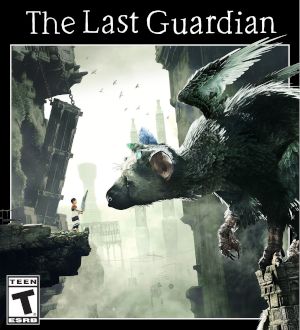written by David Steffen

Monument Valley is a 2014 touchscreen indie puzzle game developed by UsTwo. The plot is fairly light, even for a puzzle game, and the main focus is on maneuvering from one door to another door, with a charming and simple graphical apperance.
Optical illusions play a big part in the puzzle system, in that the layouts are reminiscient of an M.C. Escher drawing, where an surface can be a walking surface, and so you need to be able to rotate to see what surface. And also, some pathways are only navigable when they visually align–if they LOOK like they make a continuous path then they can be traversed, even if from a different angle they’re clearly discontinuous.
I played the game for the first time at the Game Changers exhibit at the Science Museum of Minnesota in spring 2019.
Visuals
Simple, but cute
Audio
I honestly don’t remember
Challenge
Not what I thought was particularly challenging, I played through most of the game in less than an hour. But it is sufficiently mind-bending to be an interesting angle.
Story
Some story, but it’s not apparent in most of the gameplay.
Session Time
Since I played through it in one sitting, I don’t honestly know.
Playability
Very simple touch interface. The player movement is simply clicking the destination and the player tries to move to that spot if there is a path open to them at the time. The angle of the screen comes into screen here because you can only move to a surface facing the viewpoint. The other major part of the play control is manipulating the level–which are marked out by having visible grab points to rotate different sections. I think the hardest part about learning to play is understanding that an “apparent” path is a path, that is even if you know two platforms don’t touch each other because they’re too far away, if the perspective makes them look like they connect then they connect.
Replayability
Not much in the way of replayability, since the puzzles are all set and the game isn’t very long.
Originality
Reminiscient of some other games–most particularly FEZ with the perspective-based level traversal, but has its own feel
Playtime
Less than two hours, so pretty short.
Overall
A fun and cute puzzle game, but do keep in mind that it is also fairly short. It’s currently $3.99 on Google Play.

 The Last Guardian is a gorgeously detailed, thoughtful action-adventure fantasy game. You play a young boy who awakens in a cavern with a large mythical creature who is chained to the floor. As the story progresses, you form a bond with the creature, Trico, as the two of you navigate through environmental puzzles set in enormous, elaborate environments, some of ancient ruins, some of dizzying heights. Sometimes you need Trico’s help to survive or progress through a series of puzzles, and sometimes Trico needs yours.
The Last Guardian is a gorgeously detailed, thoughtful action-adventure fantasy game. You play a young boy who awakens in a cavern with a large mythical creature who is chained to the floor. As the story progresses, you form a bond with the creature, Trico, as the two of you navigate through environmental puzzles set in enormous, elaborate environments, some of ancient ruins, some of dizzying heights. Sometimes you need Trico’s help to survive or progress through a series of puzzles, and sometimes Trico needs yours.